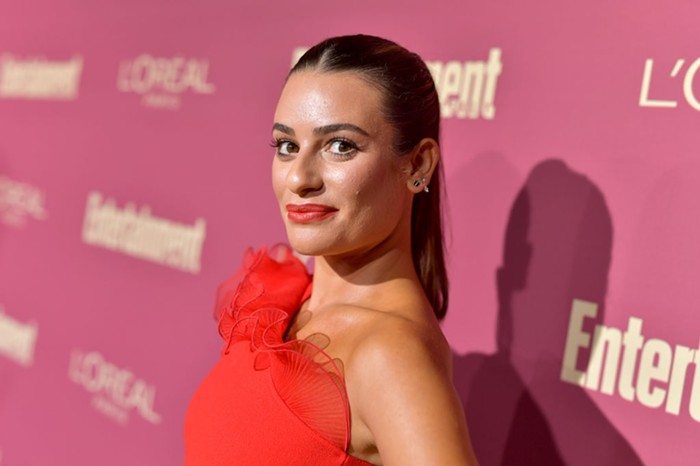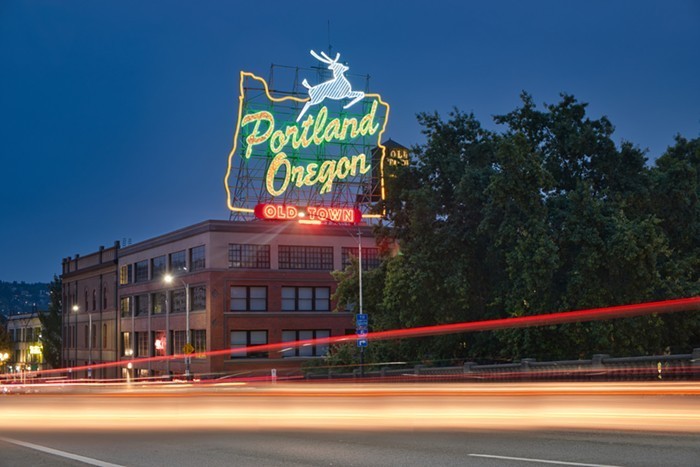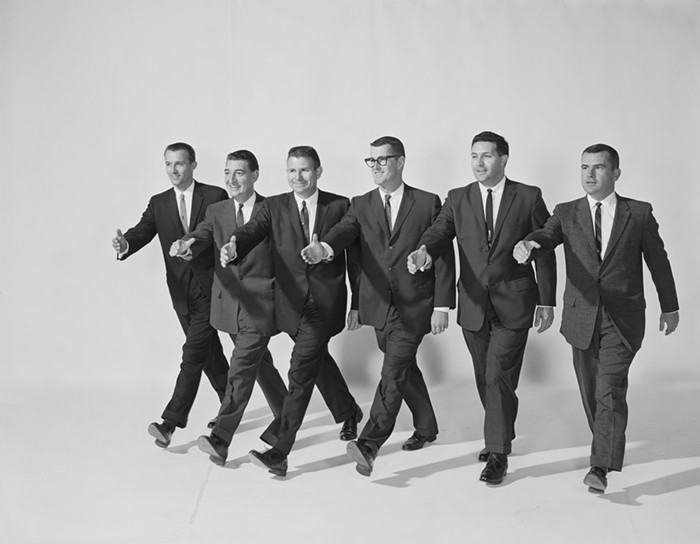Perhaps more than any other medium, photography is best suited for books. The flatness of a photograph mimics the book page; historically, the scale of photos and books are comparable (at least until the bigger-is-better photo boom of recent years); many of our deepest emotional connections with photography came from turning album pages; and technological printing advances have narrowed the aesthetic gap between the original and reproduced image. In short, photographs look incomparably better in book form than do paintings, sculptures, or video works.
There are more publishers of photography books today than at any point in history. Even the most dedicated collector or enthusiast would have a nearly impossible time keeping up with the deluge of monographs and collections hitting the market these days. I've selected three volumes that rose up out of the stampede: One is a collection featuring the work of young international photographers; one is a devastatingly strong body of work that proves that the artist's high-profile debut was anything but a fluke; and the third is a gathering of interviews that asks what established photographers have to say for themselves.
reGeneration: 50 Photographers of Tomorrow, by William A. Ewing, et al., (Aperture)
This survey of young hotshots from across the globe assumes a convoluted premise: "To attempt to identify a good number of emerging photographers who, by 2025, could become well-known names." Isn't that just another way of saying good young photographers? In any case, reGeneration provides a pretty accurate core sample of post-MFA practices in photography now. Black-and-white images are completely anomalous; Photoshop is used primarily to "airbrush" images into unsettling visions of perfection; portraits are based on "types" of people rather than on individual personalities; and most of the artists write statements that sound more directed at graduate advisors rather than anything personally meaningful.
Despite the generalizations, reGeneration contains many unforgettable bodies of work. Pieter Hugo's photographs of African albinos, Shigeru Takato's empty vistas of television broadcast booths, and Gerald Garbez's photographic interpretation of Haruki Murakami's A Wild Sheep Chase all stand out. reGeneration works as a compendium of hot new talent, but with so many similar books on the shelves, it does little to distance itself from the pack.
Niagara, by Alec Soth, (Steidl)
Thirty-seven year old photographer Alec Soth burst out onto the scene in 2004 with a high-profile bang that seemed impossible to sustain. But behind the media blitz, Soth's environmental portraits of fringe citizens living along the Mississippi River were undeniably mature and focused. Soth follows up with Niagara, a devastating meditation on dreams and love in the honeymoon capital of yesteryear. The photographer combines traditional documentary practices with more directorial, interventionist methods. He invites couples at bars to pose nude for him; he asks women if they have old love letters that he can look at. His forthrightness pays off beautifully, as posed intimate portraits commingle with atmospheric landscapes of empty swimming pools and rundown hotels. Niagara presents Soth's view of the world, populated by lonelyhearts bathed in beautiful light. This is as powerful of a photography monograph as you could possibly hope to see.
Conversations with Contemporary Photographers, by Joan Fontcuberta, (Umbrage)
When I was in college, the library shelves were packed with books like this one, each offering up gelatinous interviews with photographers older than my grandparents. They were revealing about a certain era in the photography's history, but it's startling that nobody has updated the genre until now. Conversations with Contemporary Photographers is just that, brimming with extended conversations with established artists like Duane Michals, Philip-Lorca diCorcia, Graciela Iturbide, and others. The publisher did a terrific job at selecting a wide variety of international talent, but the book falls short in a few other areas. Many of the interviews are simply too long, but more egregiously, there are zero reproductions, save small portraits of the artists. Specific photographs are discussed at length throughout the book, and it's a real disservice not to be able to reference any of them (or to show any examples of the photographer's work for people who might not be familiar with them at all). Still, several of the interviews save the day, especially the wizened, grouchy Duane Michals, who has earned the right to say exactly what's on his mind. Conversations is highly recommended for readers who have been following the photography scene for quite a while; but if you're just looking to dip your toe into the waters, either of the first two books would be a great place to start.














